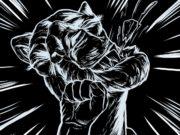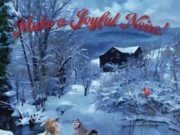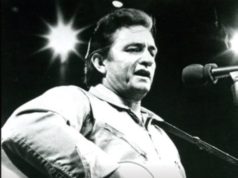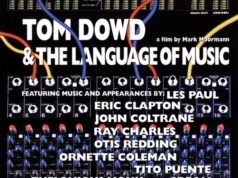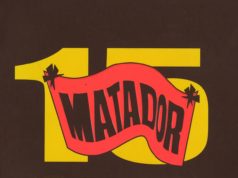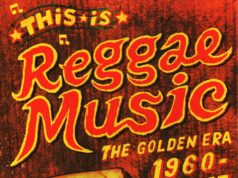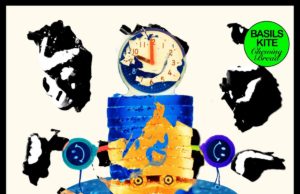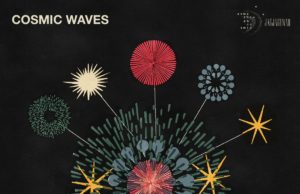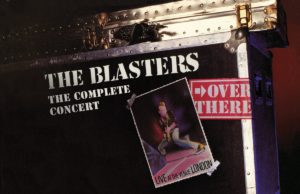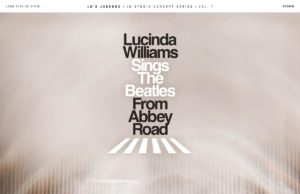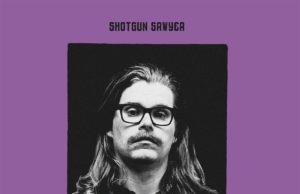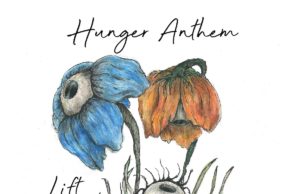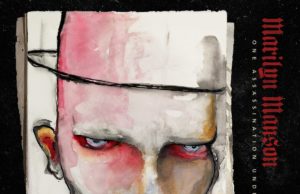 My stepson routinely tries to make me answer the unanswerable, watch the unwatchable and listen to the unlistenable.
My stepson routinely tries to make me answer the unanswerable, watch the unwatchable and listen to the unlistenable.
He’s 21, and just so we’re clear, he does these things not to torture me with stuff he thinks is cool, but rather to entertain me with things he finds objectionable to the point of hilarity. He’s made me listen to really awful AI Freddie Mercury and things seemingly designed to give you motion sickness and nightmares.
Recently he reminded me of a truly atrocious song which he made me listen to. He introduced it — if I recall correctly — as something which makes people annoyed. The reason? It’s hip hop with yodelling. The song was Thirsty by AJR. Check it out. He’s not wrong.
Anyway, this got me thinking about the overall appropriateness of yodelling in anything but a Scandinavian lozenge commercial, The Price is Right’s CliffHanger game, or country & western music. How many examples could I find in my record collection of yodelling where it doesn’t belong?
A fair number, it turns out. More than I thought — and I’m not even including stuff I found by Dolly Parton (Mule Skinner Blues), Elvis Presley (Cattle Call) or Mike Nesmith (Mama Nantucket), because yodelling is perfectly fine on those songs. I also have an entire album for some reason: Yodellin’ with Kenny Roberts. Trust me when I say dropping the g for an apostrophe doesn’t make Kenny a badass. This record is awful. I think it lasted 45 seconds on the turntable.
But before we expose rockers who yodel, let’s step back and get educated on what it is and where the hell yodelling came from, anyway. The earliest record of a yodel is from 1545 in the central Alps in northern Switzerland, where the sound was used by herders calling their flocks. That sound gets its name from the German word jodelin, which literally means “to say jo.” But, in German, jo is pronounced yo. So, yelling + saying yo = yodelling. Except, it’s all about pitch. Yodelling is a form of singing in which the vocalist performs repeated, rapid pitch changes from the low-end to falsetto.
In the 1830s, this enduring European rural tradition suddenly became popular. It remains a major feature of folk music in Switzerland, Germany and Austria. Nearly 100 years later, it caught on in America as well. It first showed up in the U.S. in the late 1800s, performed by travelling minstrels, but by the 1920s recording artists were tracking yodels — leading up to the big breakthrough. The She Loves You of yodelling was Jimmie Rodgers’ 1928 recording Blue Yodel No. 1. By blending the traditional Alpine yodel with African American work songs and blues, Rodgers created a craze. Everyone tried to copy him, and now the name of the song he created is used to differentiate between traditional Alpine yodelling, or American “blue” yodelling.
The former is stuff like The Lonely Goatherd from The Sound of Music, or On The Franches Mountains by The Jura Orchestra — that’s the actual song used in the Price Is Right game, by the way.
Classic blue yodel songs include John Denver’s Calypso, or the namesake itself, obviously:
Even 85 years later, AJR were still following Jimmie’s lead. But they’re not alone. One of my favourite rock songs with extended yodelling comes from an icon who really isn’t known for his singing — Brian Eno. After leaving Roxy Music, Eno made a pair of vocal albums and released a single called Seven Deadly Finns. For people coming to Eno from Roxy, or glam in general, this 1974 banger is probably the most accessible thing he ever did. I’ve always preferred Eno’s vocal stuff to his ambient and instrumental music. This song is simply amazing.
Two years later, Aerosmith slipped some much more brief yodelling into Back In The Saddle — the opening track of their fourth album. Steven Tyler does a quick yodel during his incredibly shrill “riding hiiiiiigh” bits after the guitar solo.
When Sly Stone finally got around to making Sly & The Family Stone’s long-awaited 1971 album There’s A Riot Goin’ On, he wanted to include a bit of country music — to show he could make anything funky. He did the same in 1973 when he covered Que Sera Sera. But in 1971, Sly crafted the original composition Spaced Cowboy, which features lots of yodelling.
In 1970, the Dutch band Focus included the song Hocus Pocus on their second studio album. Nobody really noticed outside of the Netherlands until they re-recorded it faster in 1972 — releasing it as a single in North America in 1973 where the weird prog banger instrumental with yodelling — broke the Top 10.
I still see this song used for those “YouTubers react” viral videos, because it’s basically bonkers. The man’s name is Thijs van Leer, in case you’re wondering who the mad yodeller is. He’s 76 now. He was the band’s founder, keyboardist, flautist and vocalist. He wrote Hocus Pocus.
I already mentioned The Price Is Right twice. Well, you might recall that current host Drew Carey used to have his own sitcom. One season, the theme was Ian Hunter’s Cleveland Rocks. There’s no yodelling in that, but there is in another song he used as a theme: Five O’Clock World by The Vogues from 1966. Another ’60s pop song with yodelling is Del Shannon’s The Swiss Maid from 1963. It’s quite the song, actually. Quite a complicated arrangement to sing.
A more modern bit of yodelling can be found, briefly, in the Cracker song This Is Cracker Soul. Holy shit, that’s an awful, awful track. So, we’ll cleanse our palate with the purest of bands — The Band.
One of the best-known songs from their masterpiece “brown album” is Up On Cripple Creek, written by Robbie Robertson but immortalized by Levon Helm on drums and vocals. Both of them, along with bass player Rick Danko and pianist Richard Manuel, get in on the yodels during this performance on The Ed Sullivan Show in 1969.
Here’s your playlist!
• • •
Area Resident is an Ottawa-based journalist, recording artist, music collector and re-seller. Hear (and buy) his music on Bandcamp, email him HERE, follow him on Instagram and check him out on Discogs.









